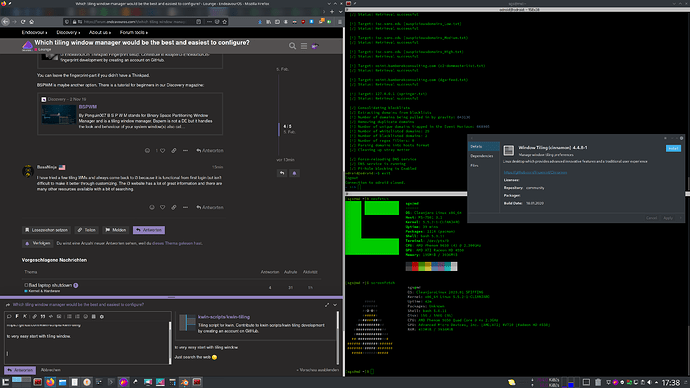

There are also some earlier implementations of this concept, but it would require a lot of work to get them running on modern-day Linux. Other STWMs include PaperWM, the inspiration for Cardboard, and EndlessWM.

I also don’t find myself accidentally ending up looking at the wrong window and getting distracted. I feel like there’s less overhead and less distracting to switching between tasks.

I just put my windows in order of how frequently I need to access them, and scroll side to side as my app needs changes. I also have adjacent app windows that live kind of to the side of the main apps I use.Īn STWM makes this workflow a breeze. However, I often need three things side by side, and I frequently don’t need more than two-out-of-three things side by side but with an easy way to switch between them. I usually have two different apps side-by-side, something you can comfortably fit within the dimensions of a regular laptop screen. It’s super optimized for the way I work on a computer.

What fascinated me about Cardboard was the core mechanics of its STWM. I’ve moved back to using a more battle-tested traditional stacking WM for now. I couldn’t keep using it even though I was highly motivated and interested. I contributed a quick start guide to the project’s documentation if you still want to give it a go.Ĭardboard has its fair share of quirks and it crashes every so often. It doesn’t have any default keyboard shortcuts or a global toolbar with niceties like a clock and system power controls.Ĭardboard gives you a blank slate, and you need to configure it to get a useful experience. It doesn’t support drag-and-drop and other features most people would consider being necessities. The WM isn’t suitable for day-to-day use by most users.


 0 kommentar(er)
0 kommentar(er)
